Voluntary Demotion Letter Template for Employees
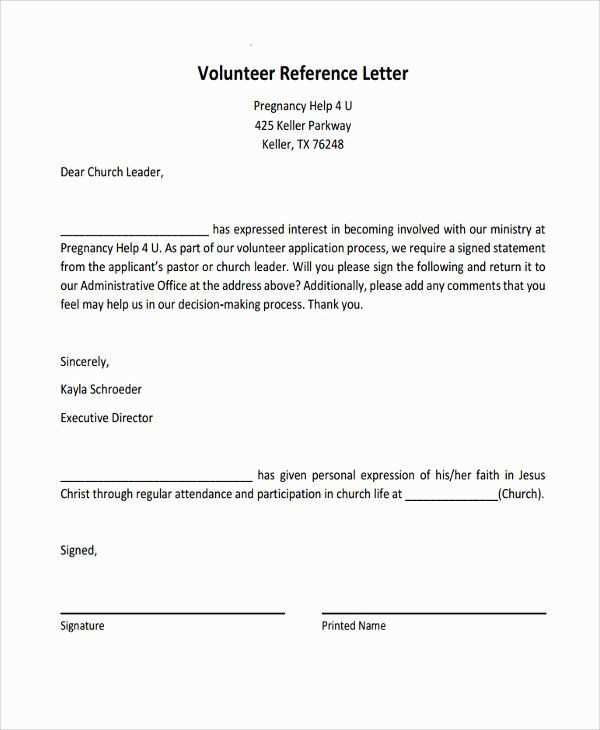
At some point in your career, you may decide that adjusting your professional responsibilities is necessary. Whether you’re seeking a less demanding position or prefer a different set of tasks, expressing your intent clearly and professionally can help facilitate the transition smoothly. This guide will provide a structured approach to communicate your request for such a change.
Understanding the Purpose of a Role Change Request
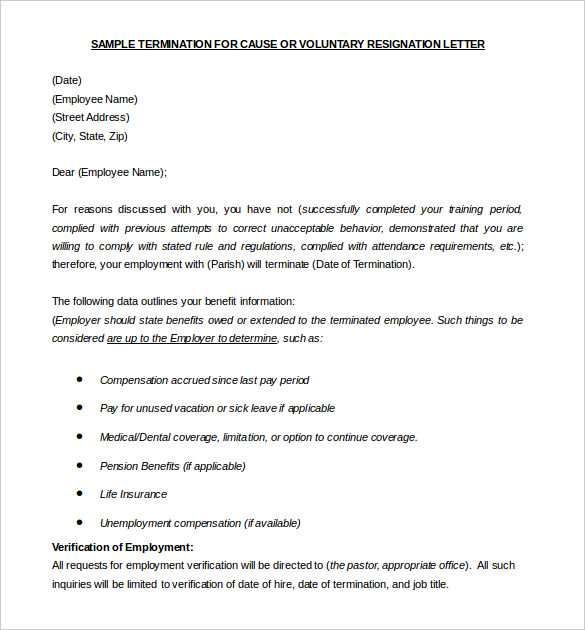
When considering a shift in your current position, it is crucial to clearly outline the reasons for your decision. This type of request can often be made due to personal circumstances, career development, or a desire for a better work-life balance. Regardless of the reason, approaching the situation with clarity and professionalism ensures that your intentions are understood by your employer.
Why Employees Choose a Role Adjustment
- Desire for a less stressful environment
- Interest in acquiring new skills or experience
- Personal reasons such as health or family needs
- Desire for a different work-life balance
How to Compose Your Request
Writing your request should be done thoughtfully and with precision. It’s important to focus on the transition and how it benefits both you and the company. Keep your tone professional and be clear about your expectations. Your communication should also emphasize your willingness to support the company’s goals, even as your role changes.
Key Points to Include
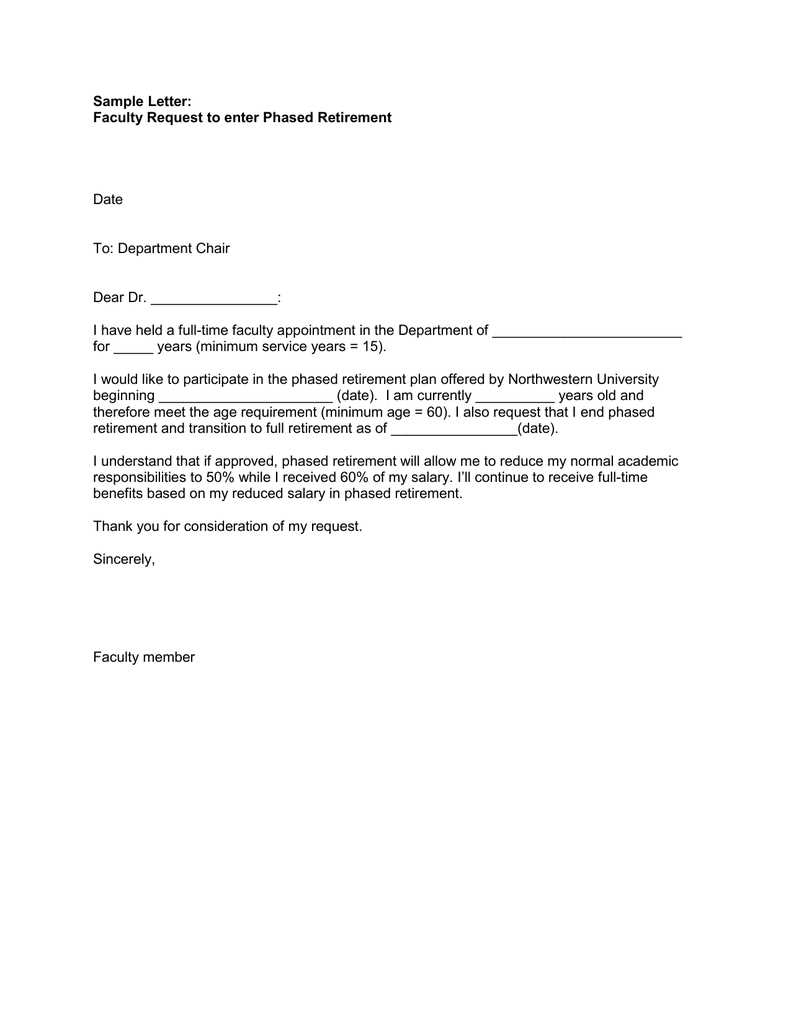
- Opening Statement: Clearly state your intention to transition to a different role.
- Reason for Change: Provide a brief explanation for your decision without going into unnecessary detail.
- Support for the Transition: Highlight your commitment to ensuring a smooth transition, including assisting in training or handing off responsibilities.
- Future Goals: Mention how the change aligns with your long-term career goals or personal development.
Polite and Respectful Language
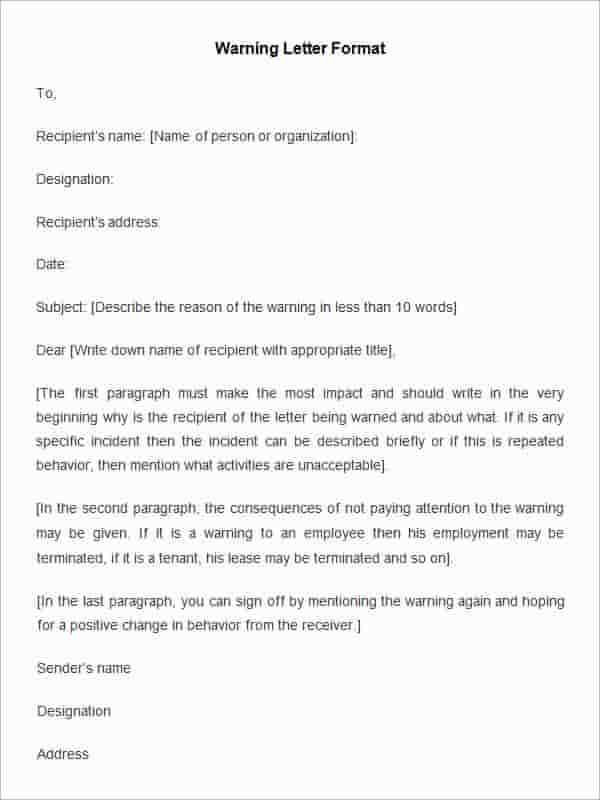
When writing, it’s crucial to use respectful and courteous language. Acknowledge the opportunities your current position has offered you and express gratitude for them. This will help preserve a positive relationship with your employer, regardless of the outcome of your request.
Closing Remarks
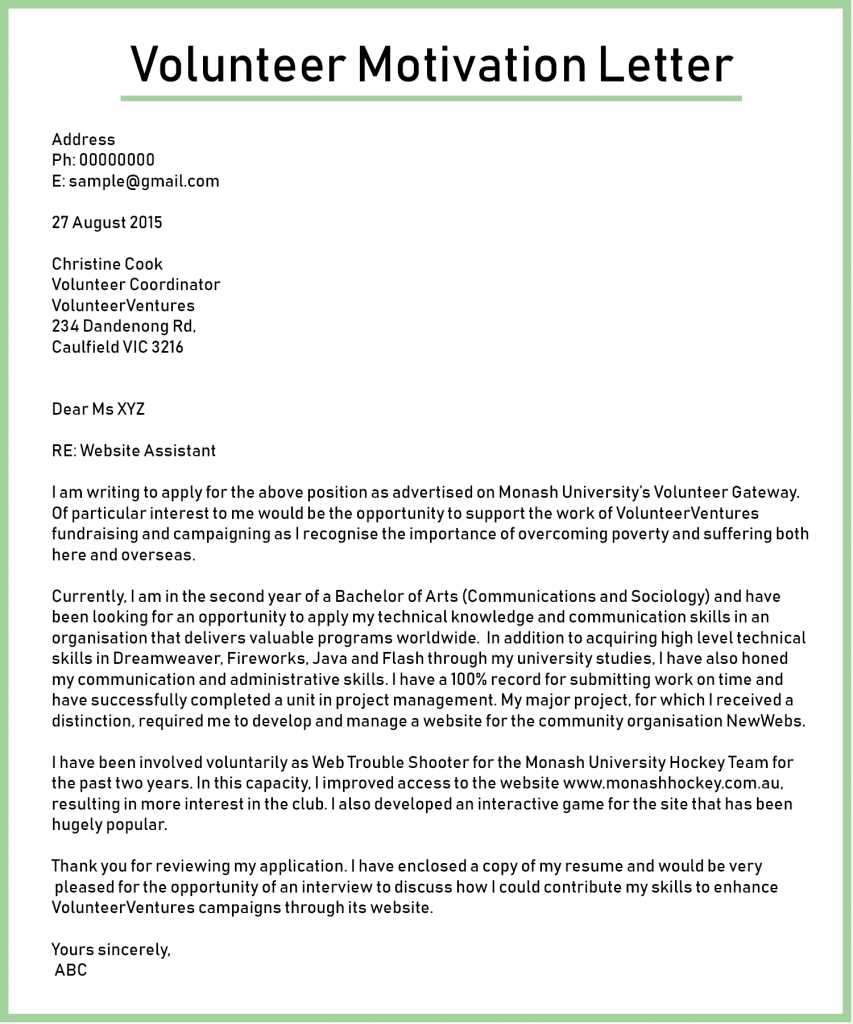
Conclude by expressing your openness to further discussion and any follow-up steps needed to facilitate the change. Reaffirm your commitment to the success of the company and your enthusiasm for the new challenges ahead.
Why Submit a Request for Role Change and How to Approach It
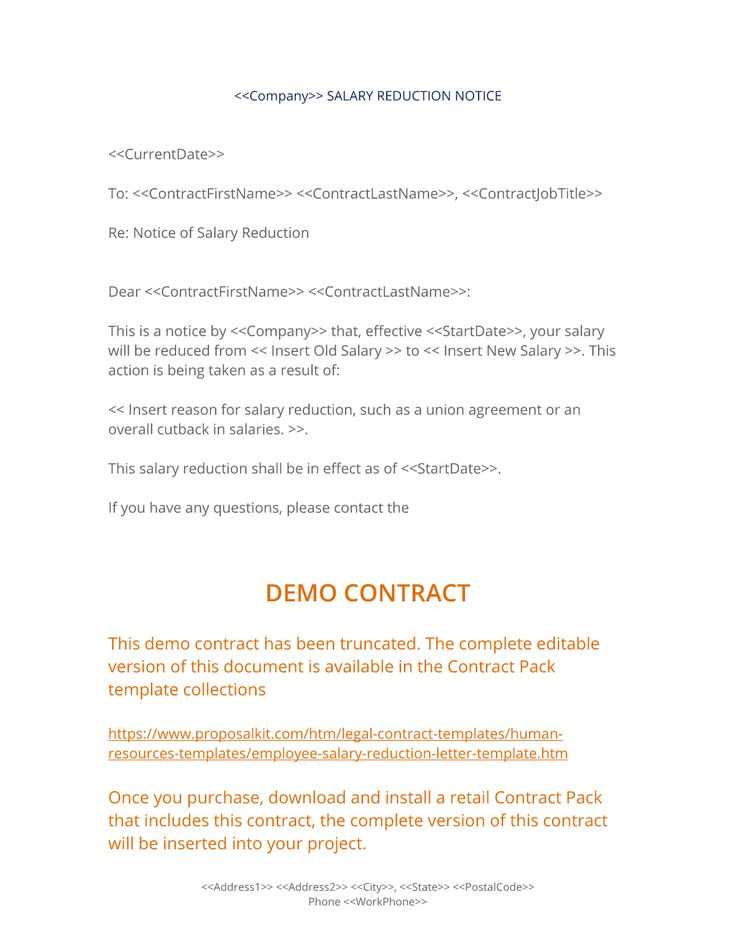
When considering a shift in your job responsibilities, it’s important to communicate your intentions clearly and professionally. A well-crafted request can not only help clarify your goals but also show your commitment to the organization’s success during the transition. Understanding the key elements and structure of such a request can make the process smoother for both you and your employer.
Key Elements of a Role Change Request
To ensure your request is taken seriously, it’s essential to include important details. Your message should address why the change is necessary, how it will benefit both you and the company, and your willingness to help make the transition as seamless as possible. Providing a clear rationale is key to having your request understood and considered positively.
How to Organize Your Request Effectively
Structure is important when writing any formal communication. Begin by clearly stating your intention to adjust your position. Follow with an explanation of the reasons behind the change, focusing on professionalism and personal growth. Be sure to end with a positive tone, emphasizing your ongoing commitment to your responsibilities, even in a new capacity.
Common Reasons for Shifting Roles
There are various reasons individuals request a change in their responsibilities. These may include the need for a more balanced workload, a desire to focus on specific tasks that align with long-term career goals, or personal factors such as family obligations or health concerns. Understanding your own motivations will help you articulate your request in a clear and compelling way.
Tips for Crafting a Professional Request
Be respectful and courteous in your tone. Acknowledge the company’s role in your professional development and express gratitude for the opportunities you’ve had. Keep your language formal, concise, and focused on the benefits of the role change for both you and the organization. This will help maintain a positive relationship, regardless of the outcome.
Mistakes to Avoid in Your Request
Avoid being vague or overly personal when explaining your reasons for the shift. While honesty is important, the request should remain professional and solution-focused. Don’t make demands or set ultimatums; instead, express a willingness to work with your employer to find a mutually beneficial solution. Also, refrain from presenting the request as a negative decision, but rather as a proactive step toward growth and alignment with your goals.